Spring has arrived here in the Pacific Northwest (finally!) and last week I took a detour on my way home from a hike in the Cascade Mountains scouting for wildlife opportunities in a very remote part of Pierce County, Washington to one of my favorite places somewhat near my home: Deep Lake in Nolte State Park. This place is a treasure trove when it comes to botanical diversity, and I always find new things I’ve never seen before, or get shots like I’d never imagined (see my owls post). The following images are just a sample of just an hour’s walk around the lake through the woods in the late afternoon and early evening.
~ click any image to enlarge ~
Deep Lake, Late Afternoon
Deep Lake near the Green River Gorge is about 40 miles southeast of Seattle, Washington is particularly beautiful in the late afternoon. It also happens to be an amazing place for biodiversity. The woods around this lake are filled with all kinds of birds, especially during migration, and the astounding variety of wildflowers changes every time you visit. This image was taken during a rare early spring day when it wasn’t raining.
Stream Violet
A brilliantly yellow stream violet pokes it’s head out from the frond of a western sword fern on a rare sunny spring day in Enumclaw, Washington.
Stream Violets
Almost anywhere you look in the Pacific Northwest’s wild places in spring and summer you will usually find violets.
Deep Lake
Common Dandelions
Found all around the world’s temperate regions and native to Europe and Asia, this very common and well-recognized member of the chicory and aster family is usually known as a weed, pest, or and nuisance. To others it is an important medicinal plant, edible green, and reminder of springtime and summer.
Western Trilliums
First pair of western trilliums of the year!
Bigleaf Maple Flower Bud
This is how it all starts: tiny bright yellow-green flowers show before even the first hint of leaves in the massive bigleaf maples. As the spring progresses into summer, the seed pods begin to form, and as fall approaches, we see the first of the falling “whirlie-birds” we all know and love!
The Tip of Mount Rainier
Dwarf Oregon-Grape Flowers
One of hundreds of Oregon-grape (Mahonia nervosa) plants in flower along the trail circling Deep Lake near Enumclaw, Washington. As the season progresses, these brilliantly yellow waxy flowers will become a sour, but edible berry that isn’t actually a grape. The dwarf Oregon-grape is very common throughout the Pacific Northwest west of the Cascade Mountains.
Dwarf Oregon-Grape Leaves
Early springtime in the Pacific Northwest and this dwarf Oregon-grape (Mahonia nervosa) will start to bud soon. They have the most beautiful leaves with holly-like leaflets. Not a grape as we know it, but this native plant produces edible blue berries that are quite sour!
Pacific Bleeding Heart
These native beauties are very common in the springtime in the Pacific Northwest and can be found in California, Oregon, Washington and British Columbia anywhere with moist soil and lots of shade. One interesting feature of the Pacific bleeding heart is how it is spread. The one to two inch pod contains large black seeds with a bit of white fat attached to each one. Ants love this fat, and carry the seeds away. When the seed is discarded, it has a chance to grow in a new location!
Pacific Bleeding Heart
Pacific Bleeding Heart Seedling
Springtime in the Pacific Northwest! A brand new seedling Pacific bleeding heart begins its life at the base of an old Douglas fir.
Deep Lake
Red-Flowering Currant
The red-flowering currant is not only a Pacific Northwest native found from Northern California all the way up to British Columbia, it is also a prized garden and landscaping shrub grown for its brightly colored and scented flowers in early spring.
Directions to Deep Lake and Nolte State Park
MORE IMAGES FROM AROUND DEEP LAKE
Sharing and commenting via the social media links below will help me greatly, and is much appreciated.
Thank you in advance!
ALL IMAGES ARE AVAILABLE FOR PRINT OR DIGITAL DOWNLOAD. JUST CLICK ON THE IMAGE AND ADD TO CART.
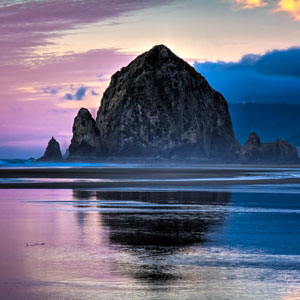
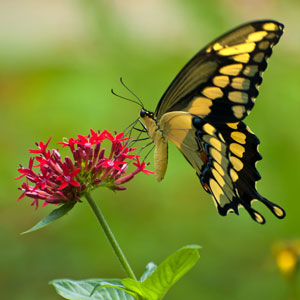
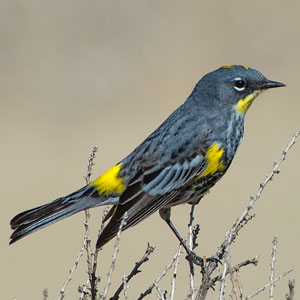
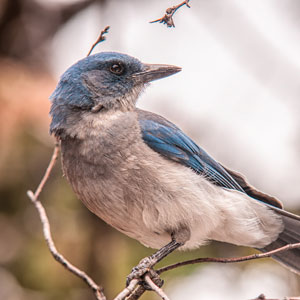
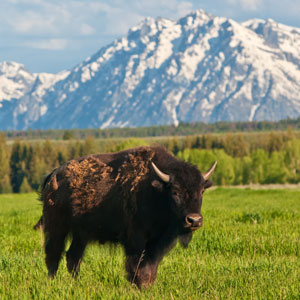
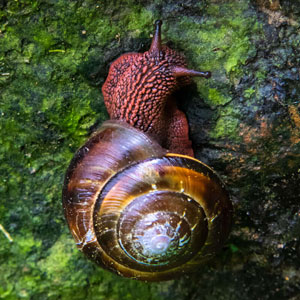
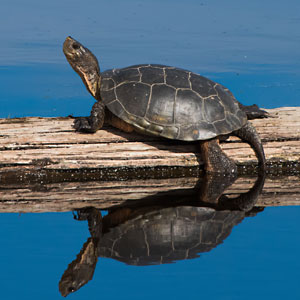
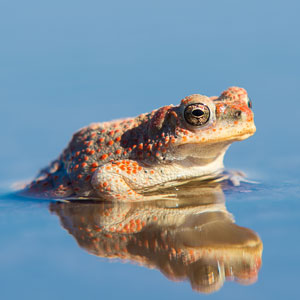
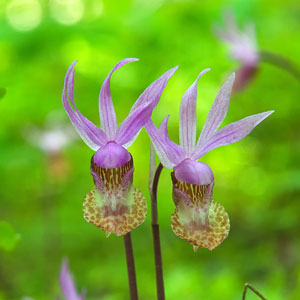
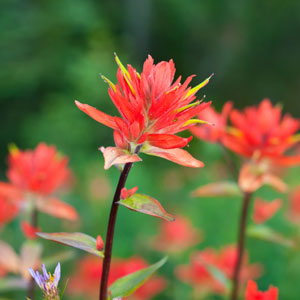
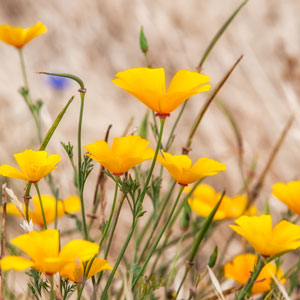
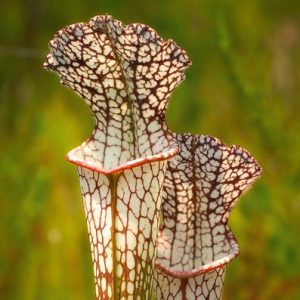
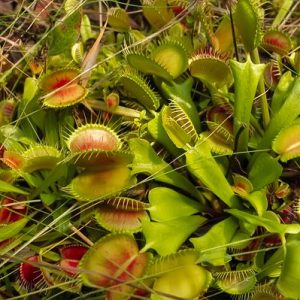
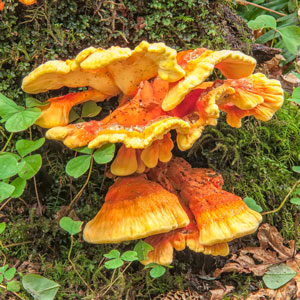
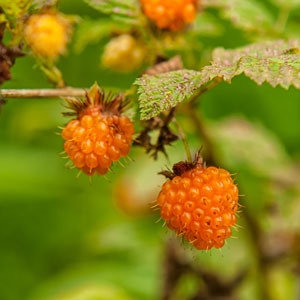
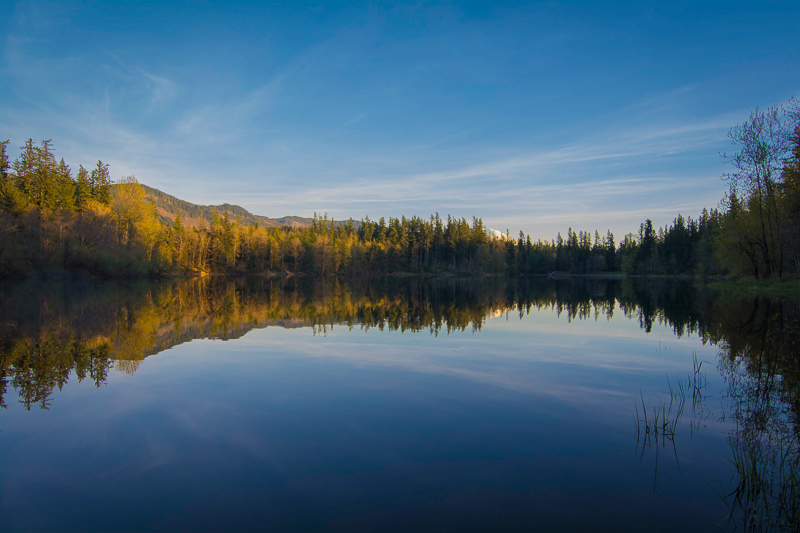
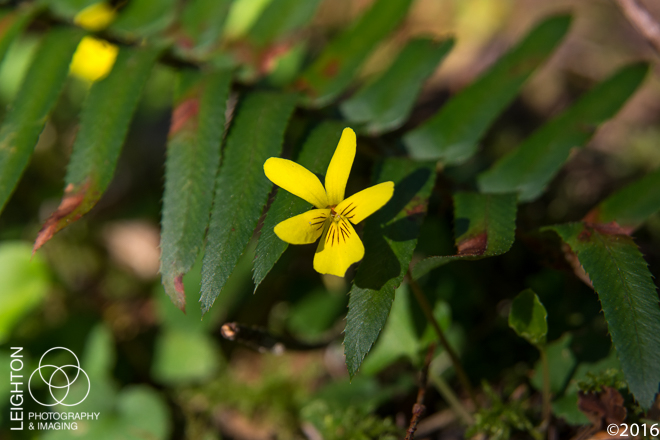
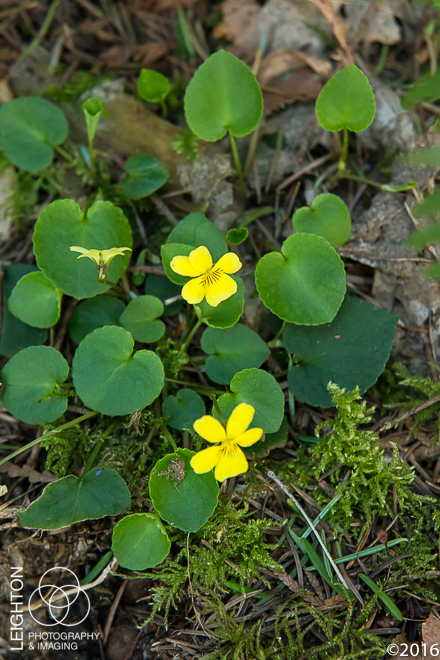
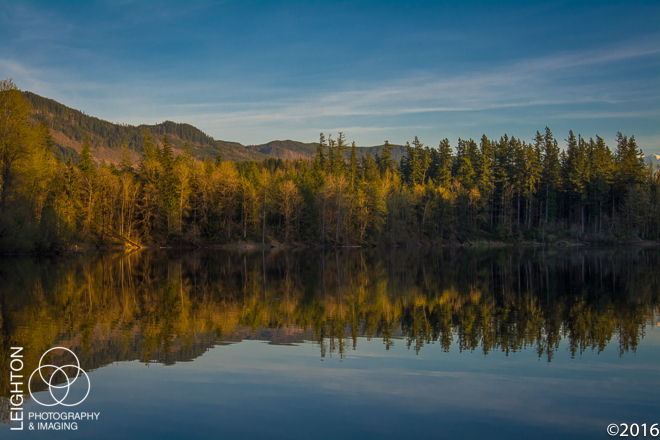
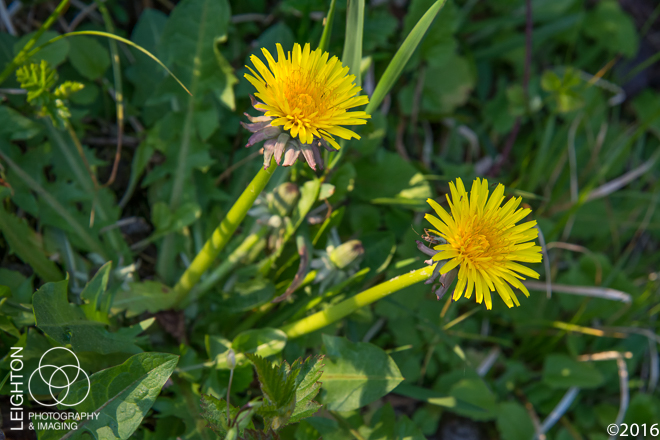
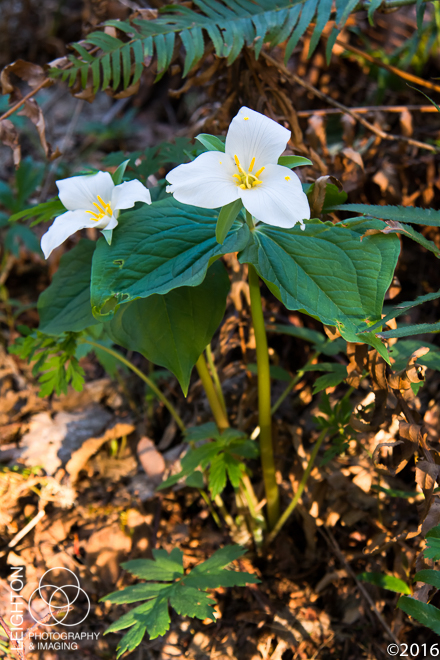
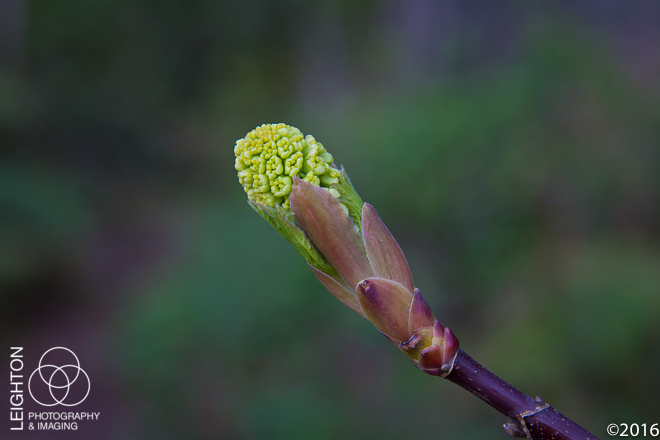
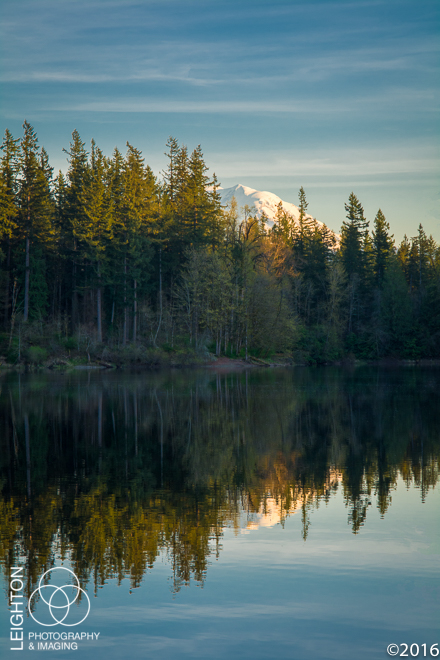
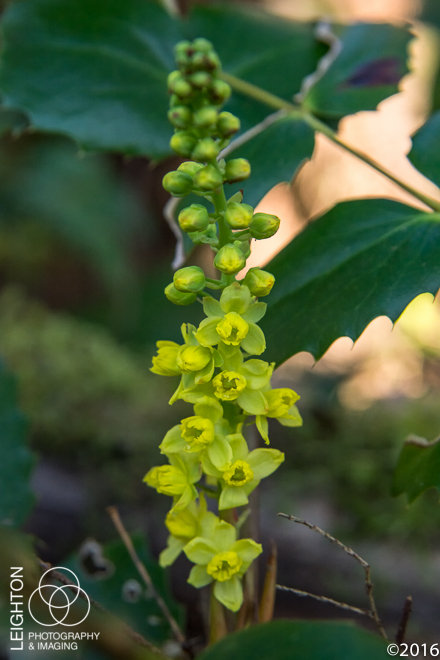
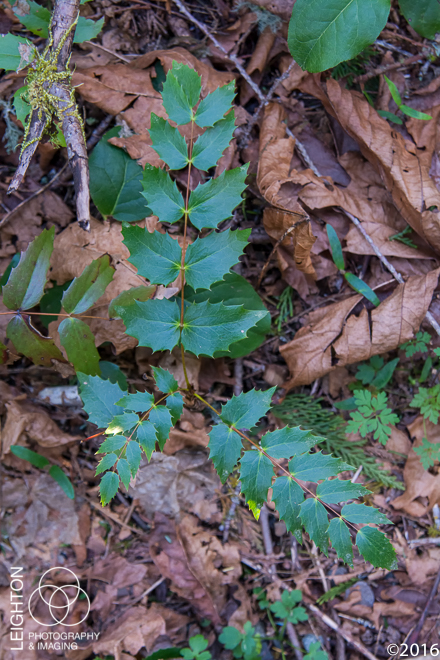
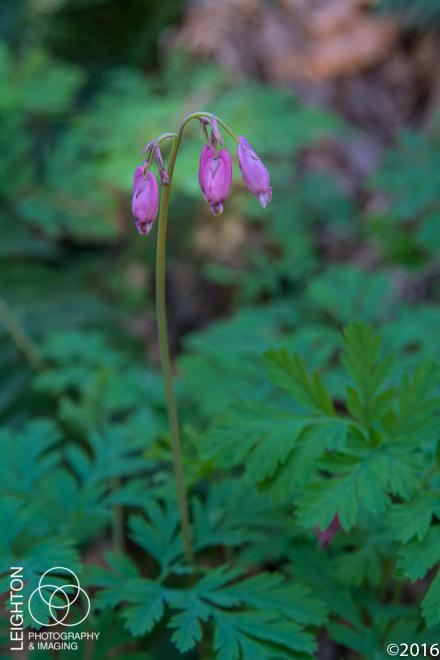
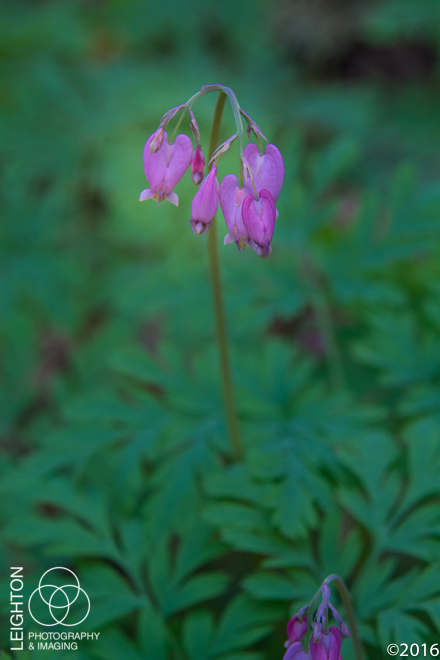
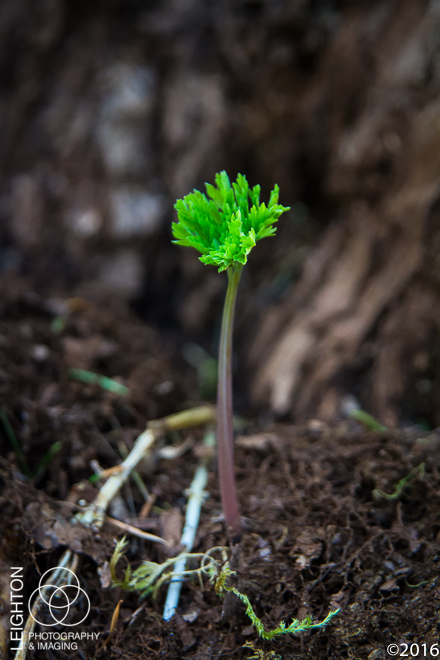
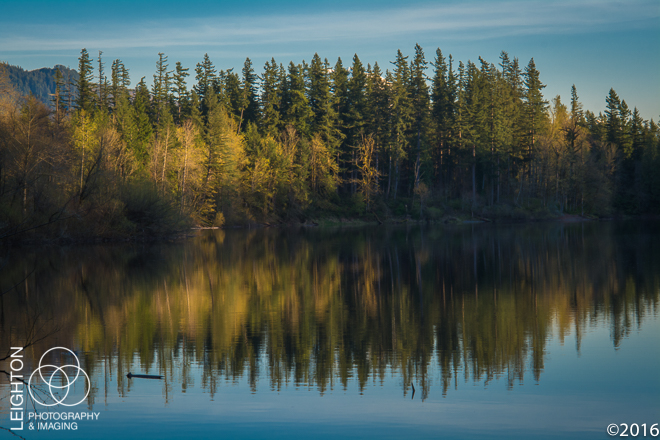


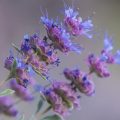
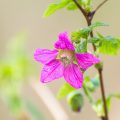
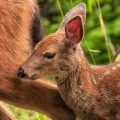
0 Comments